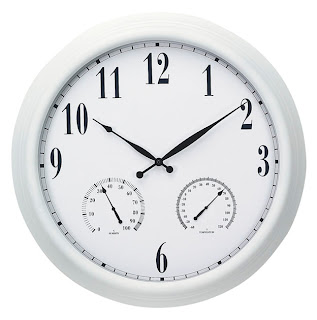Home repairs can break your bank. Keeping your home maintained is a less-costly way to keep ahead of the repair costs.
Experts in the home repair industry typically recommend spending 1-3 percent (per year) of the home's value on maintenance tasks alone, not considering repairs. Repair cost estimates could be 5-10 times that amount. The trick is to spend as little as possible in home repairs while you live there so you end up in a positive cash situation if/when you sell your home. The only way I know to keep repair costs down is to spend properly and efficiently on your home's seasonal maintenance tasks. As stated many times before "Spend hundred$ now in maintenance or spend thou$and$ later in repairs." It is generally about a 10:1 ratio. Spending that $100 keeping it maintained will save you thousands in future repairs.
A new year is upon us, plan to put up some of your tax return for home maintenance and add to the kitty with each paycheck. If you do not have cash on hand for some of the smaller maintenance tasks you certainly will not be able to afford the future repair costs.
 If you follow Mr. Handyman’s seasonal maintenance tips on our blog site your monthly maintenance and repairs costs will go down. If the maintenance involves tasks that you cannot complete yourself or if it requires a professional (replacing wood trim around the windows, HVAC maintenance, or properly caulking around the tub, kitchen sink or around windows) then give Mr. Handyman a call. We have the expertise and knowledge to accomplish most home maintenance tasks.
If you follow Mr. Handyman’s seasonal maintenance tips on our blog site your monthly maintenance and repairs costs will go down. If the maintenance involves tasks that you cannot complete yourself or if it requires a professional (replacing wood trim around the windows, HVAC maintenance, or properly caulking around the tub, kitchen sink or around windows) then give Mr. Handyman a call. We have the expertise and knowledge to accomplish most home maintenance tasks.With the tightening of the money belt in today's economy and the possibility of inflation causing your hard-earned dollar to buy less in the future, saving where you can just makes great financial sense. We have offered several tips to save with energy-efficiency items on our blog site as well. Just look for a related article on the right side of the main page.



























